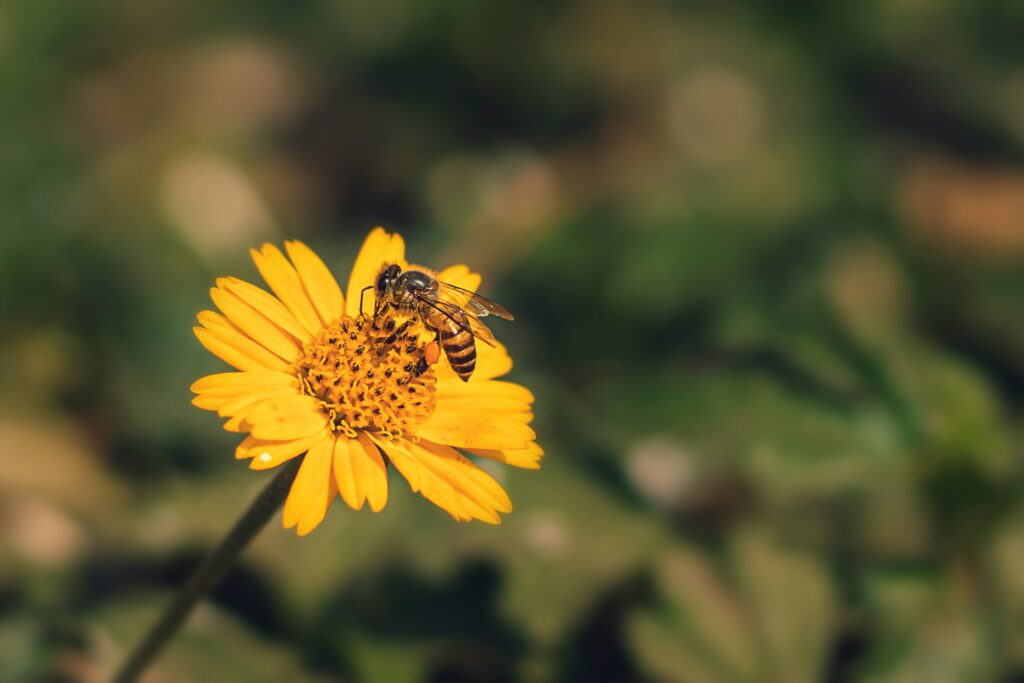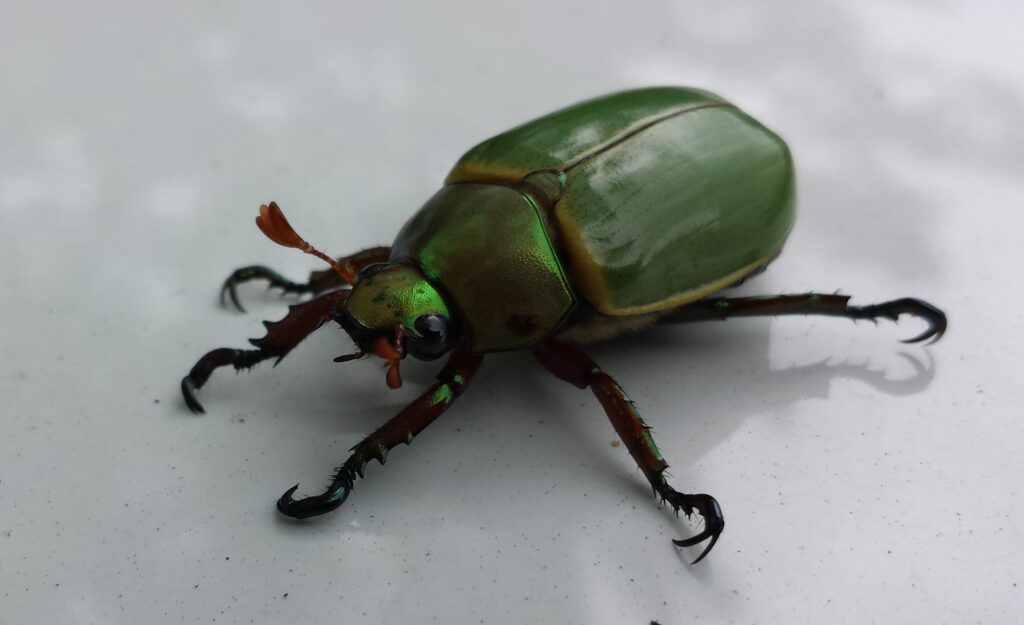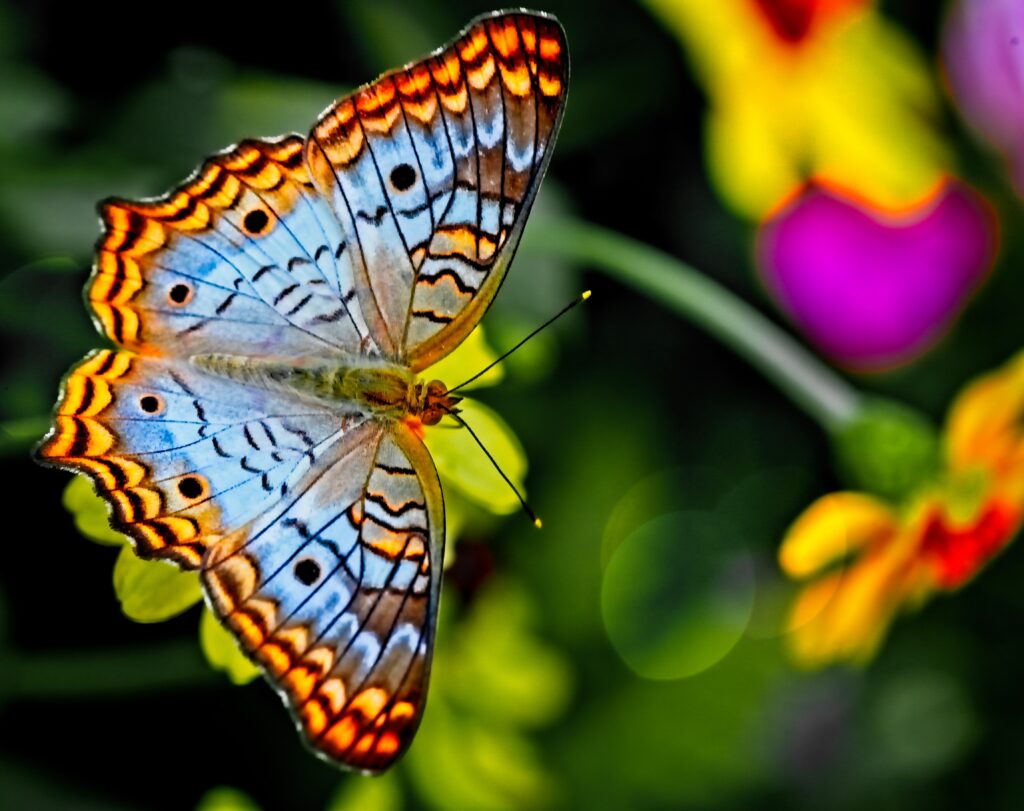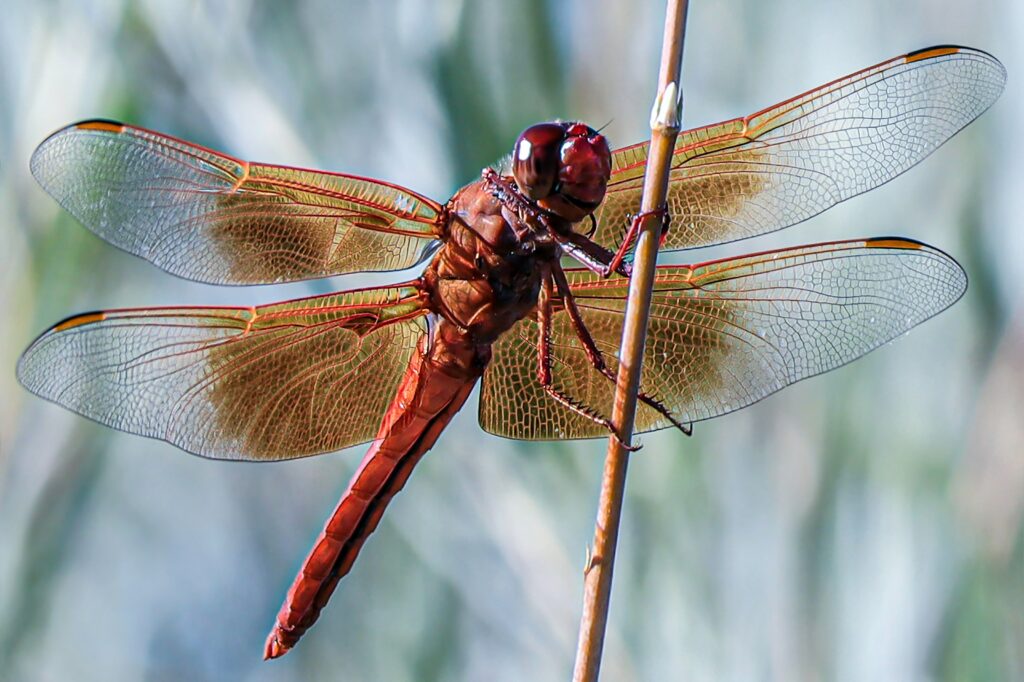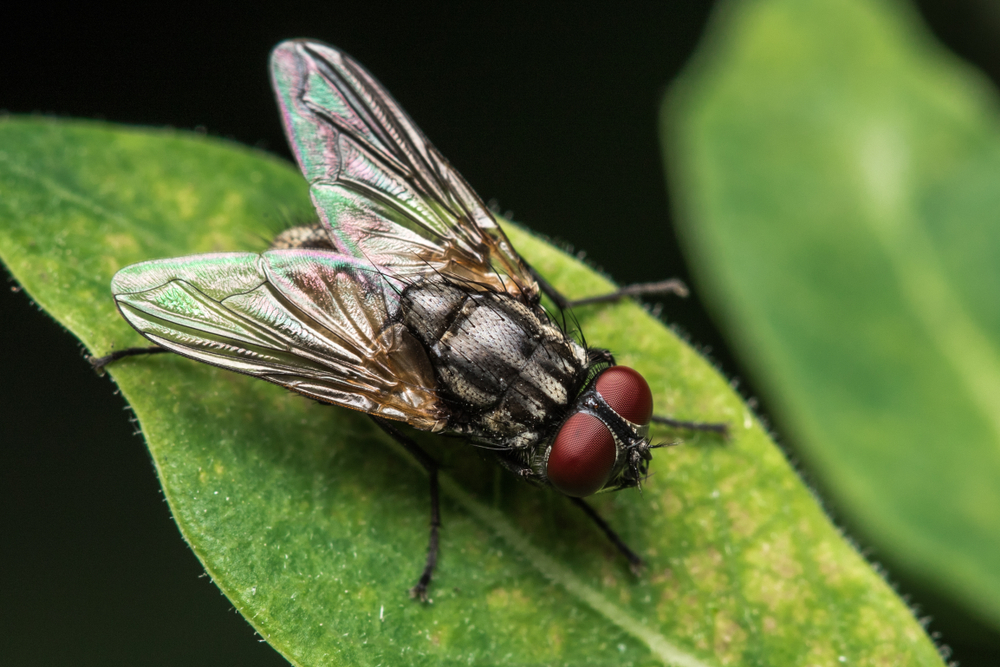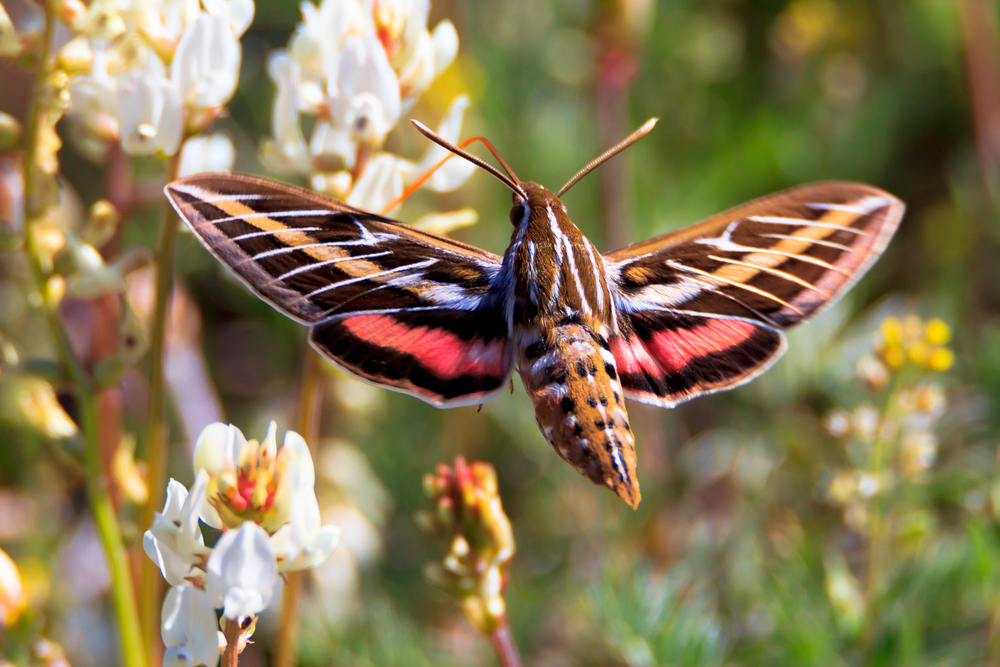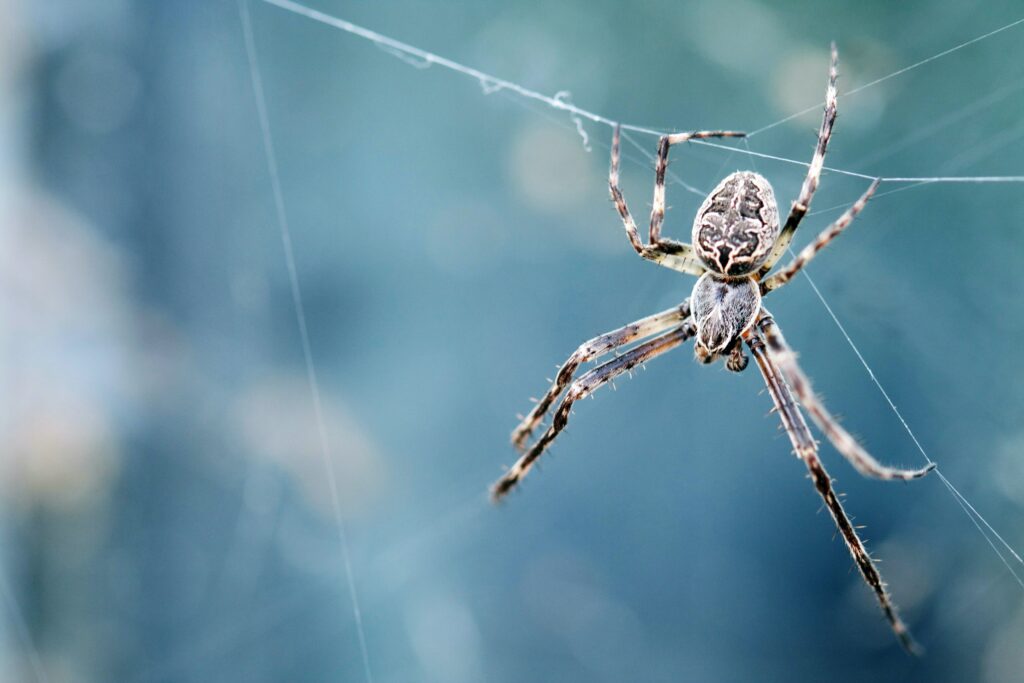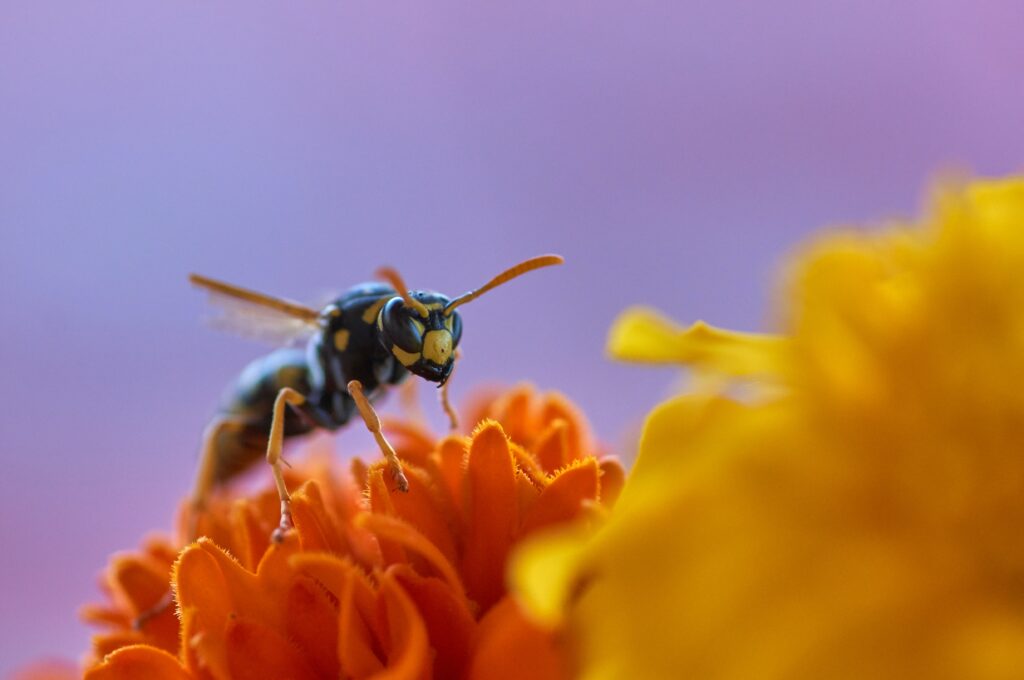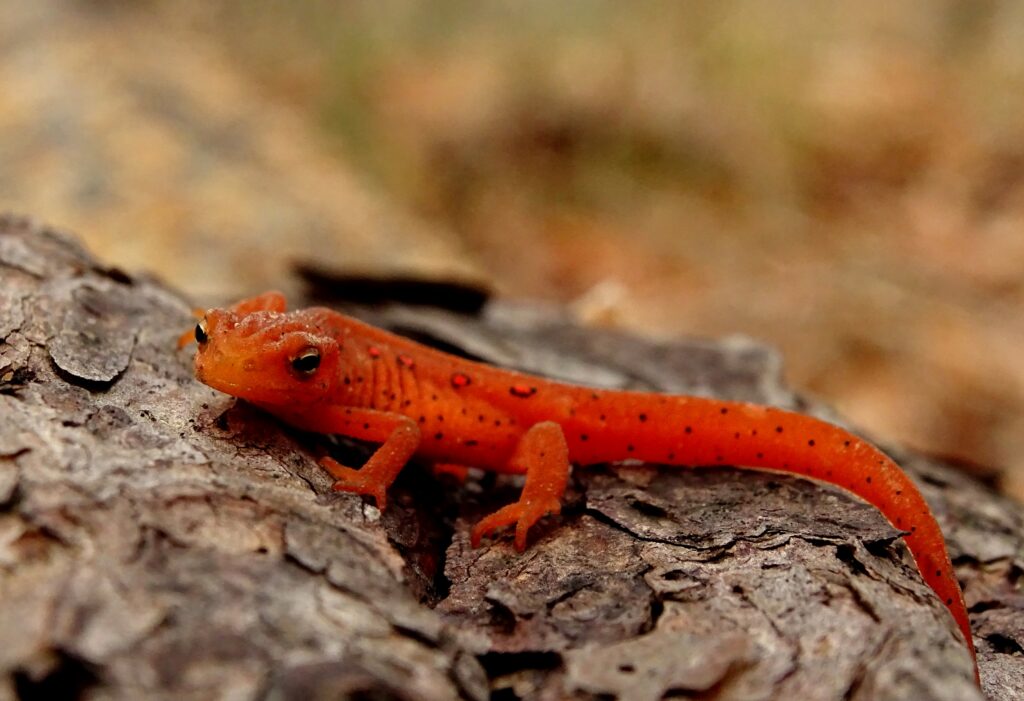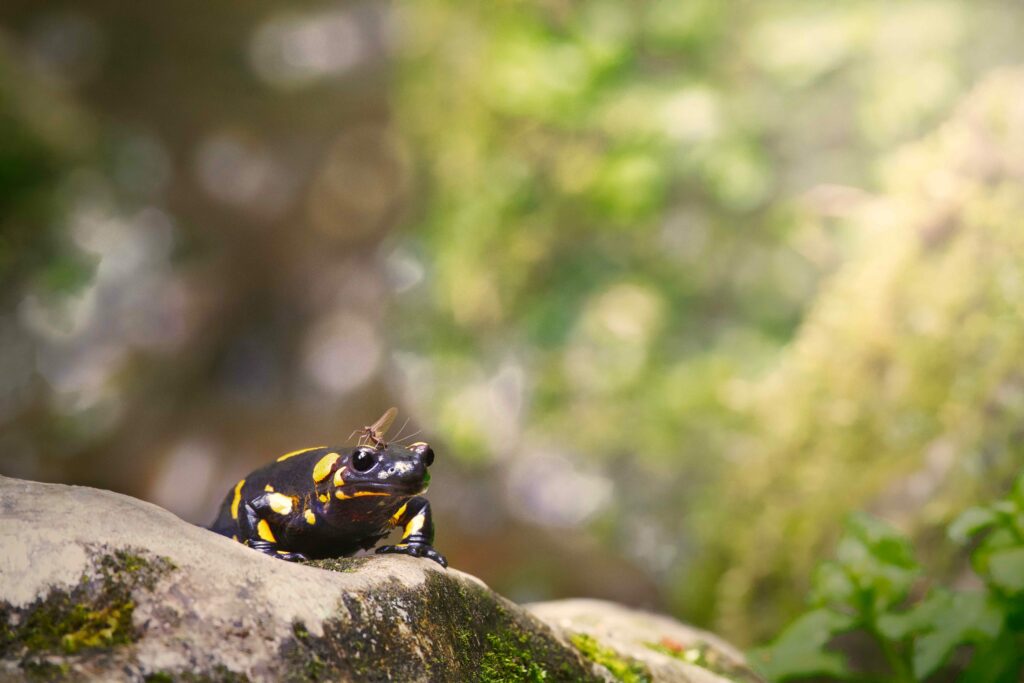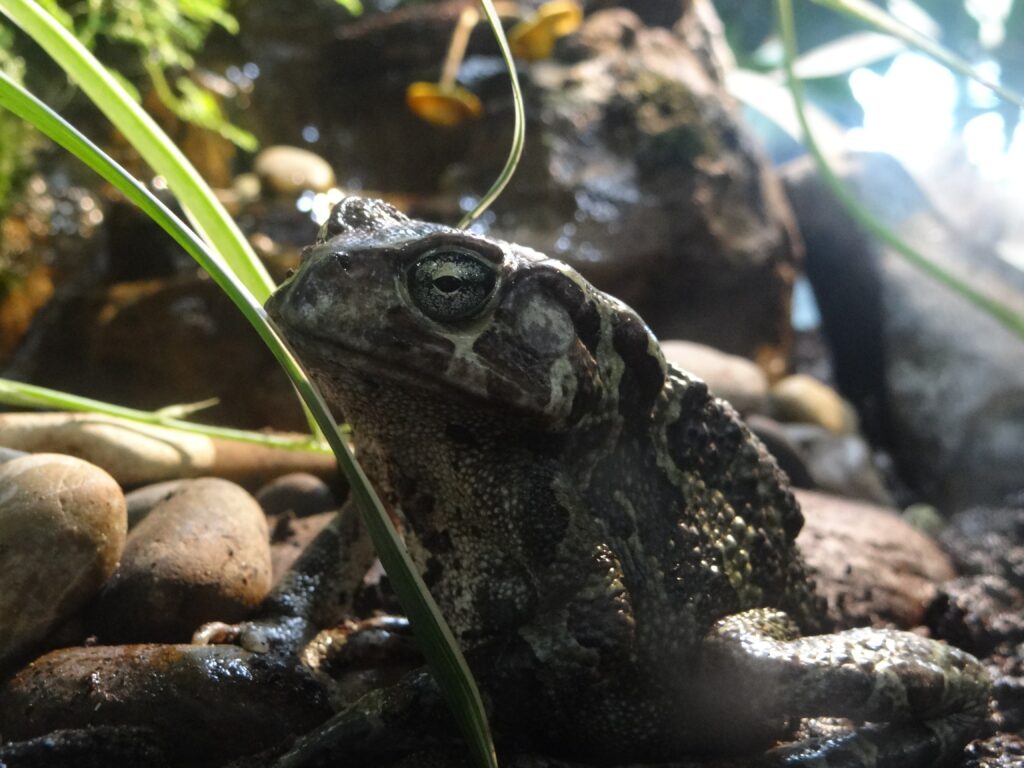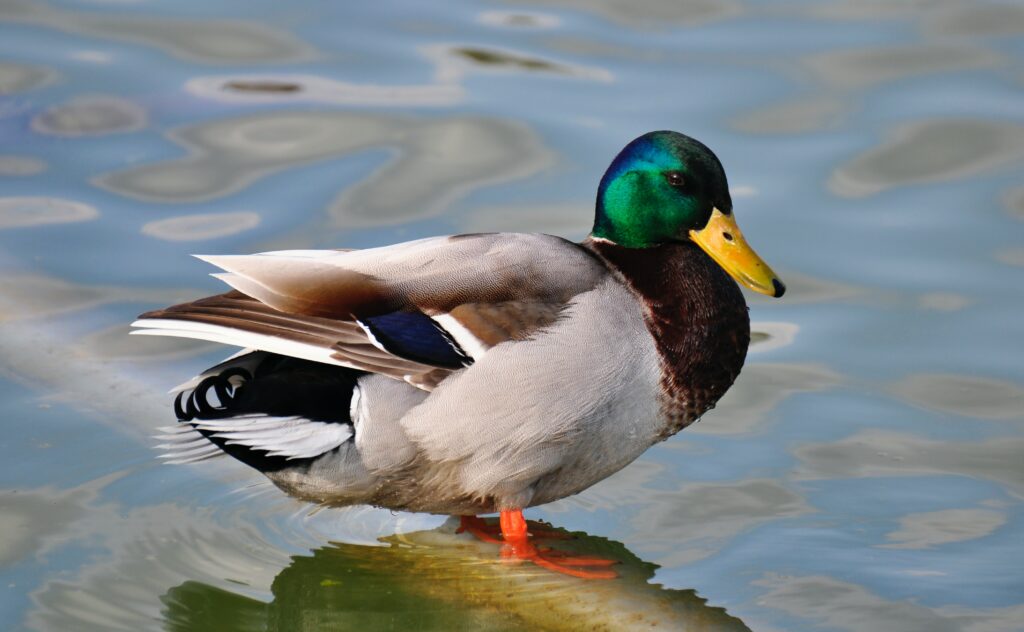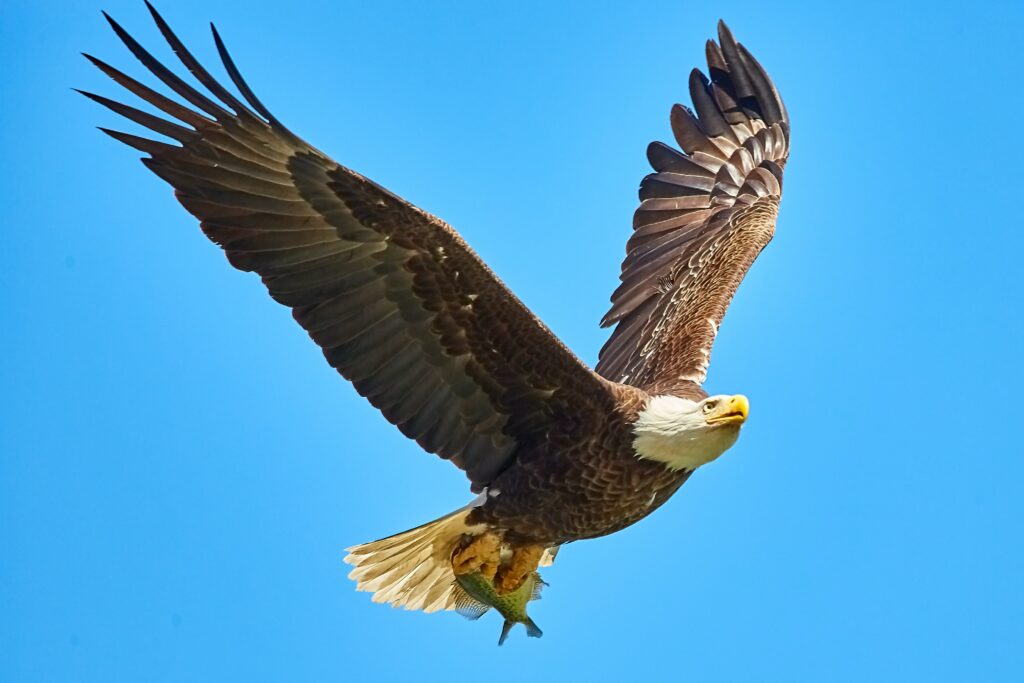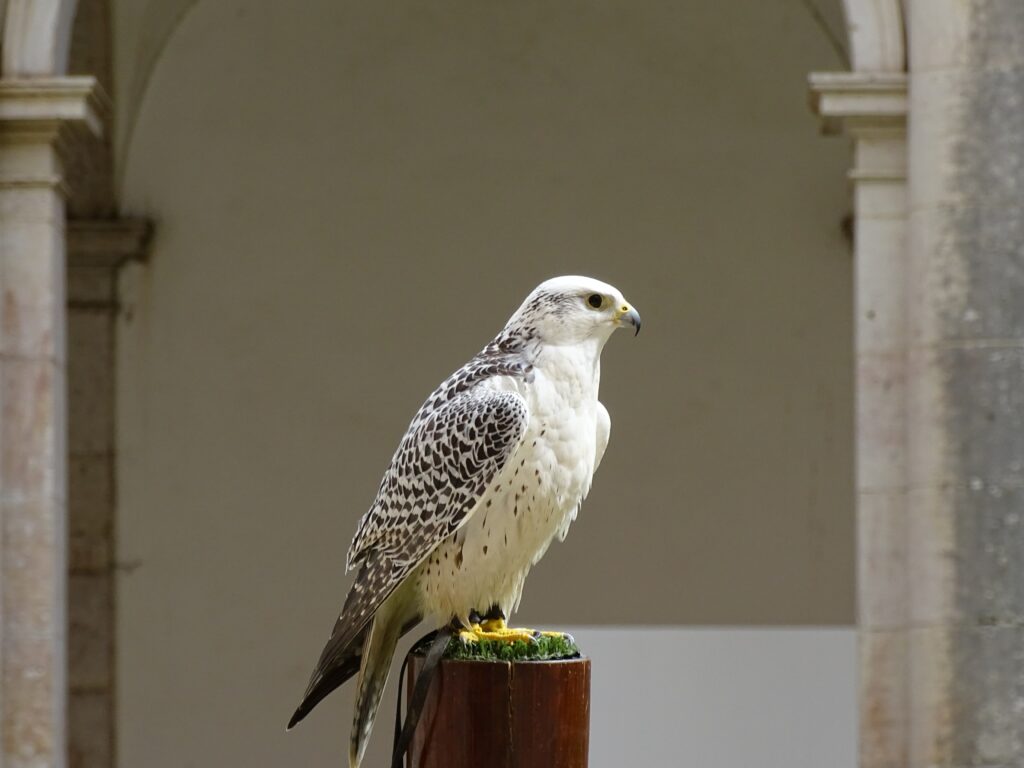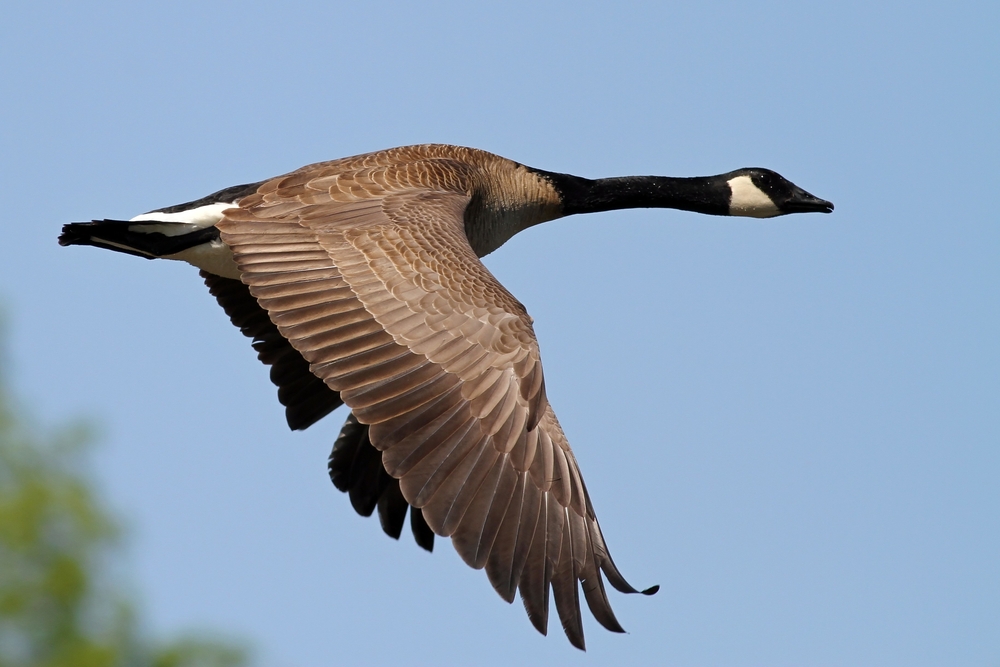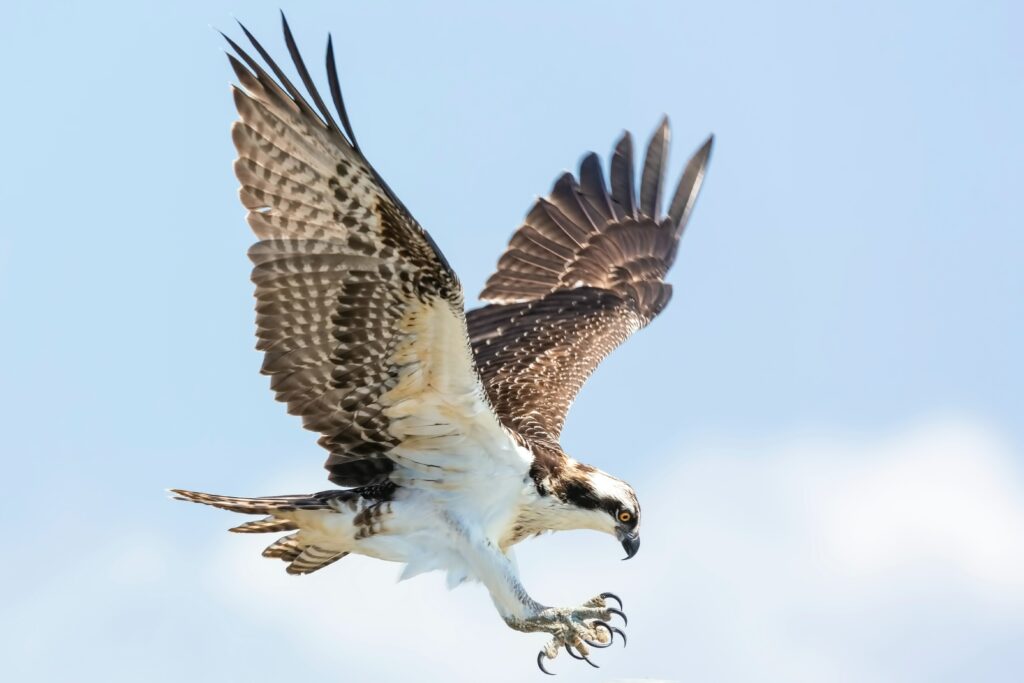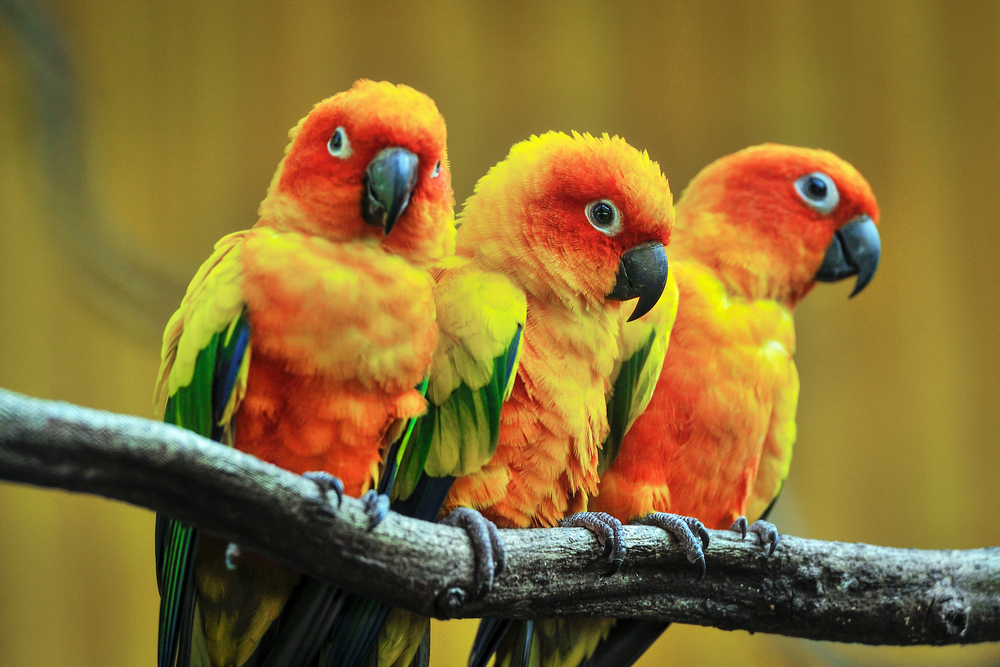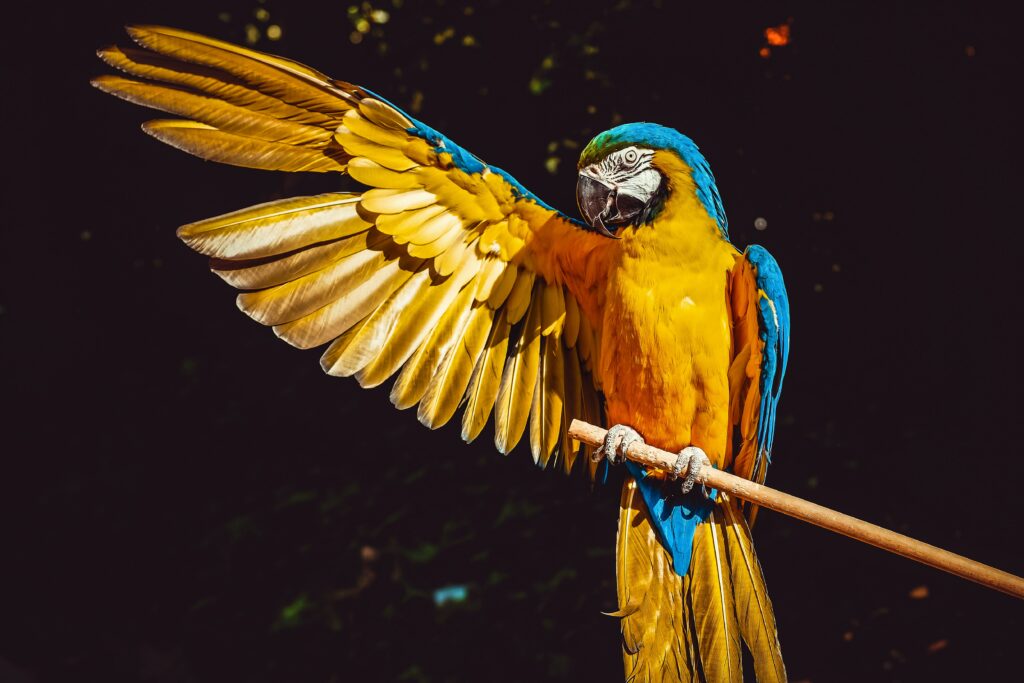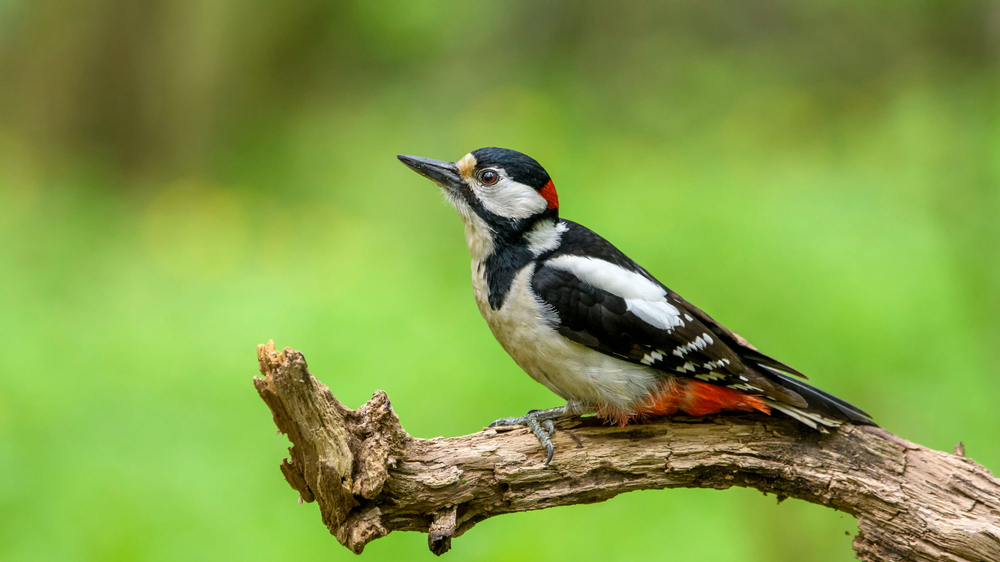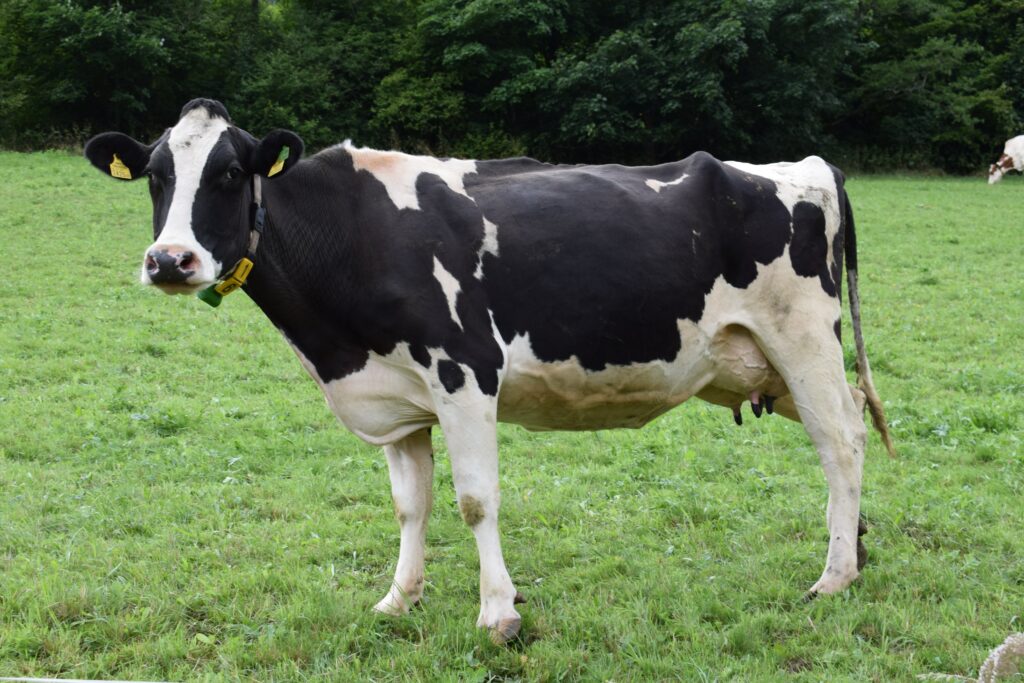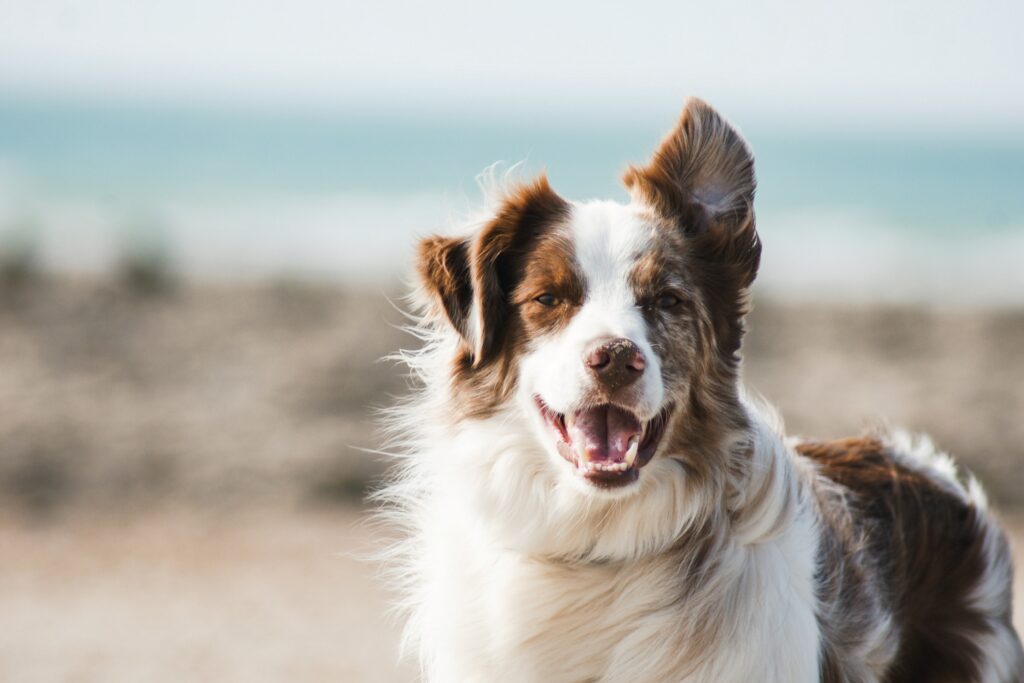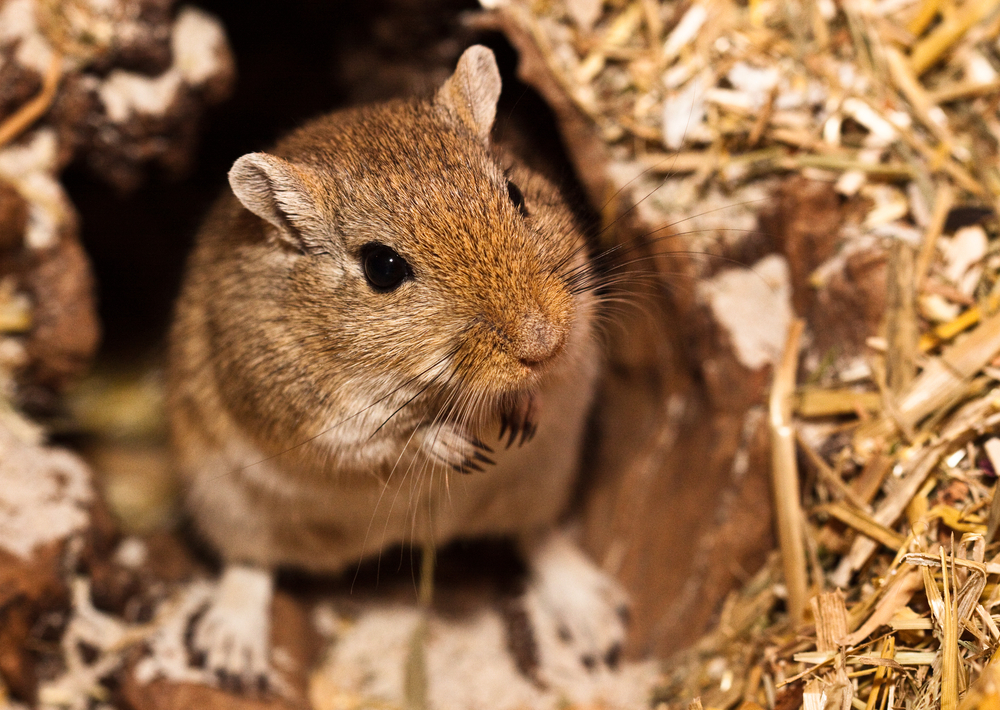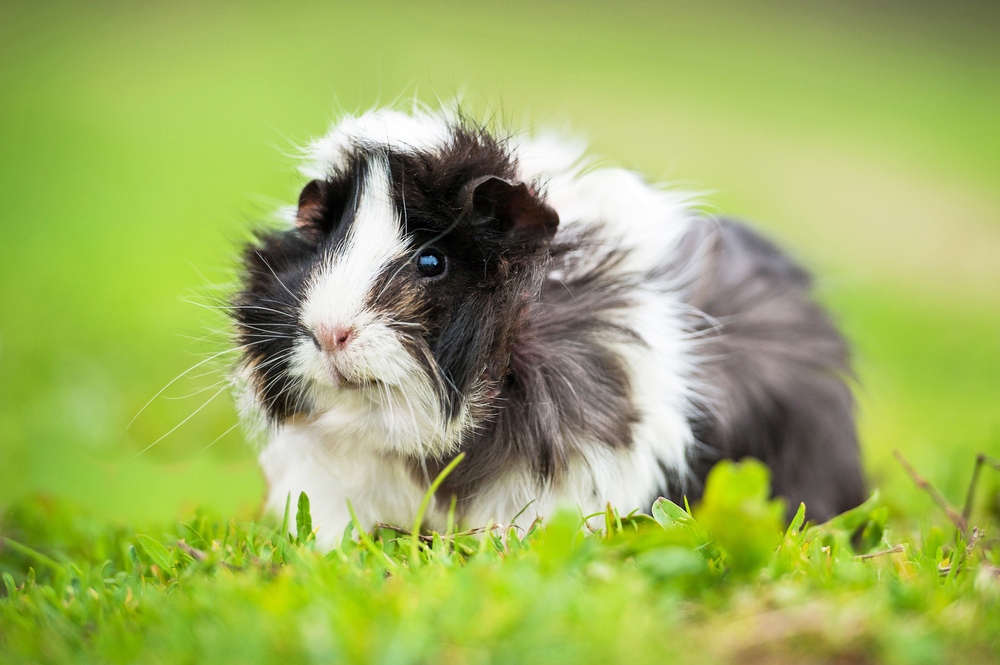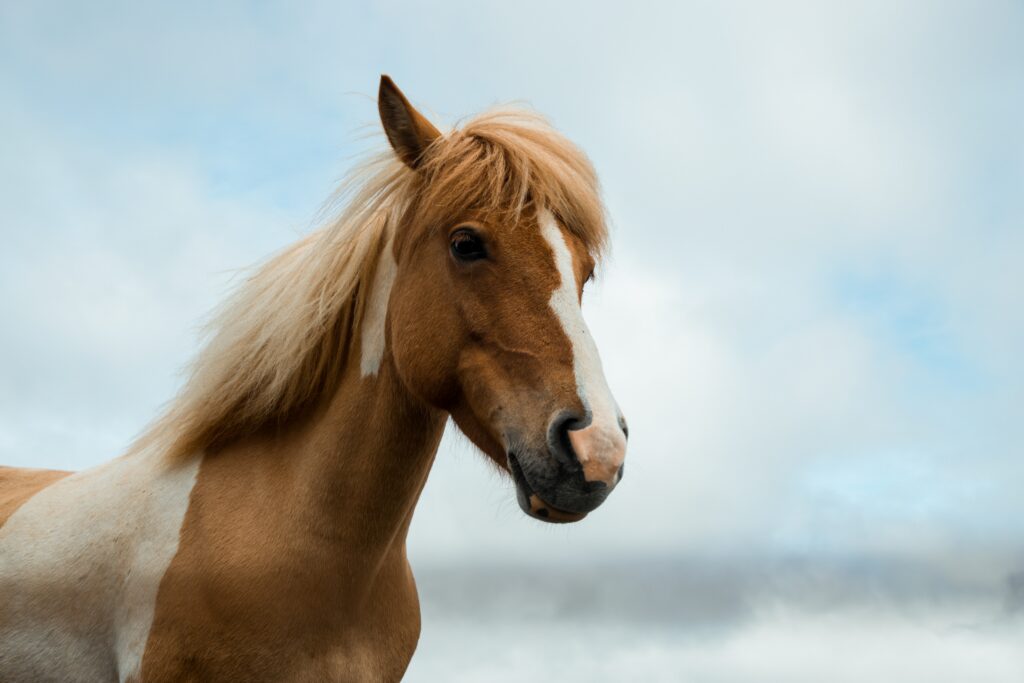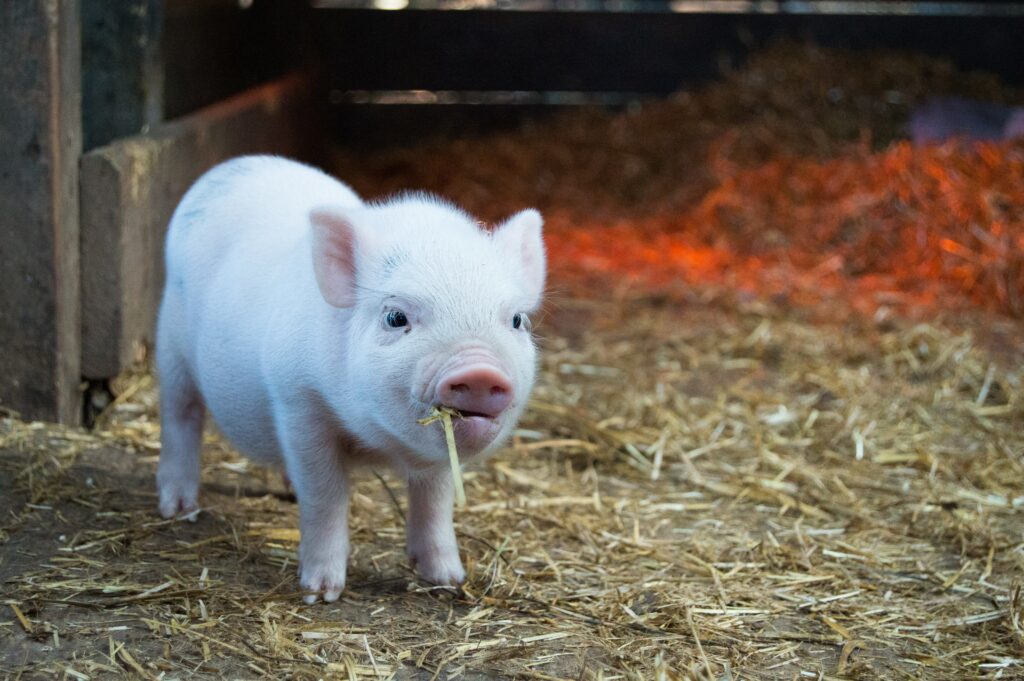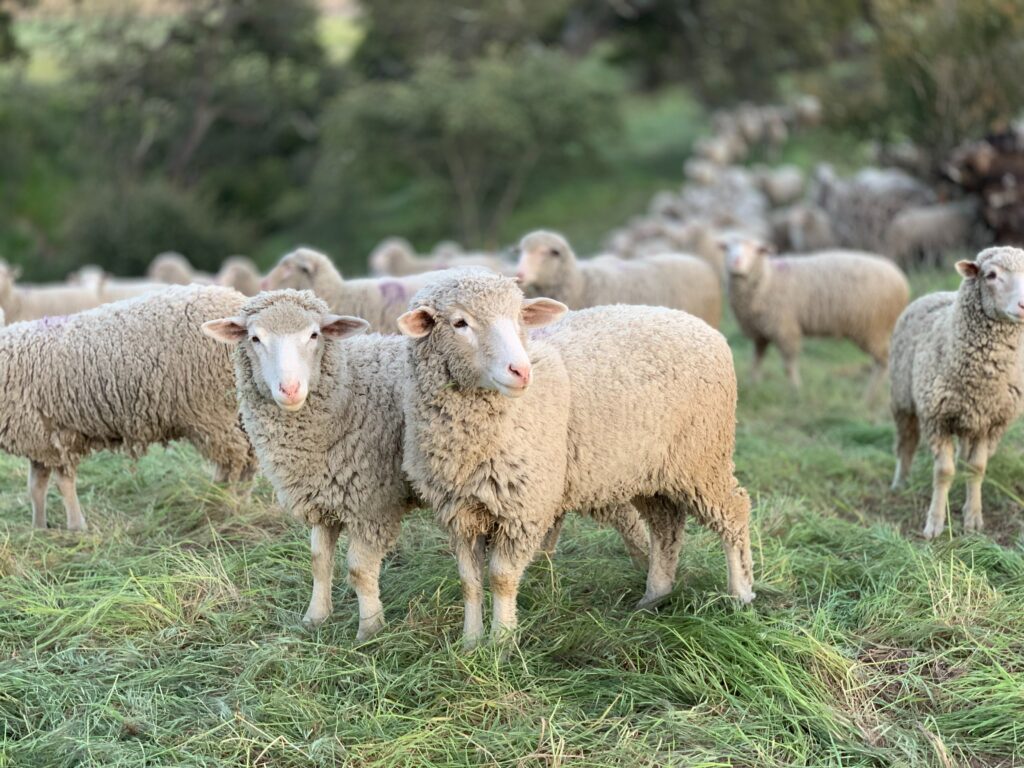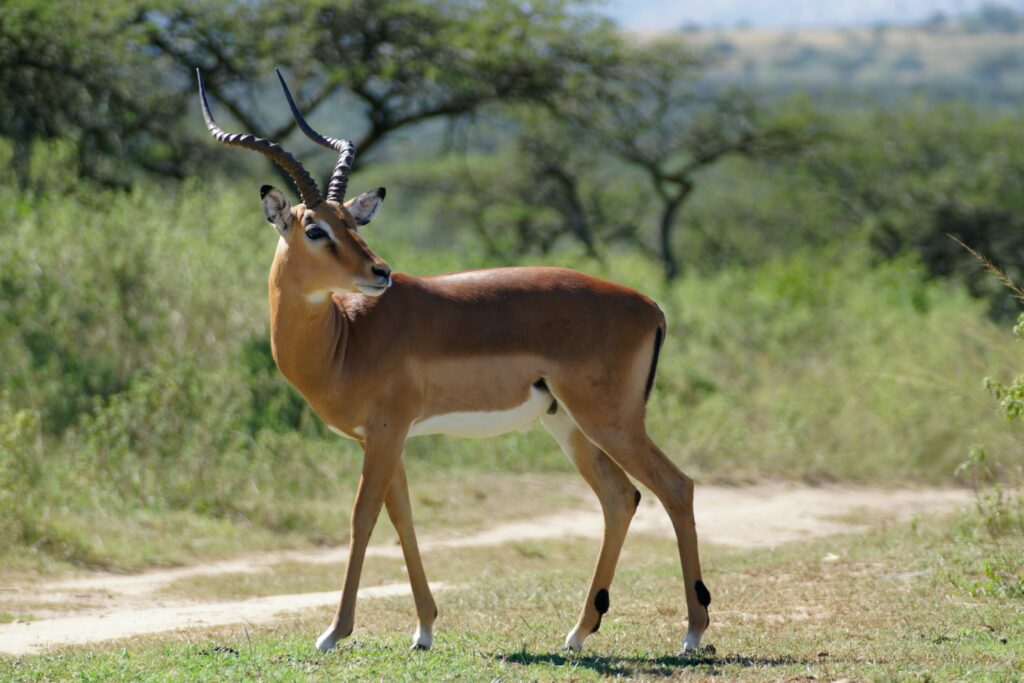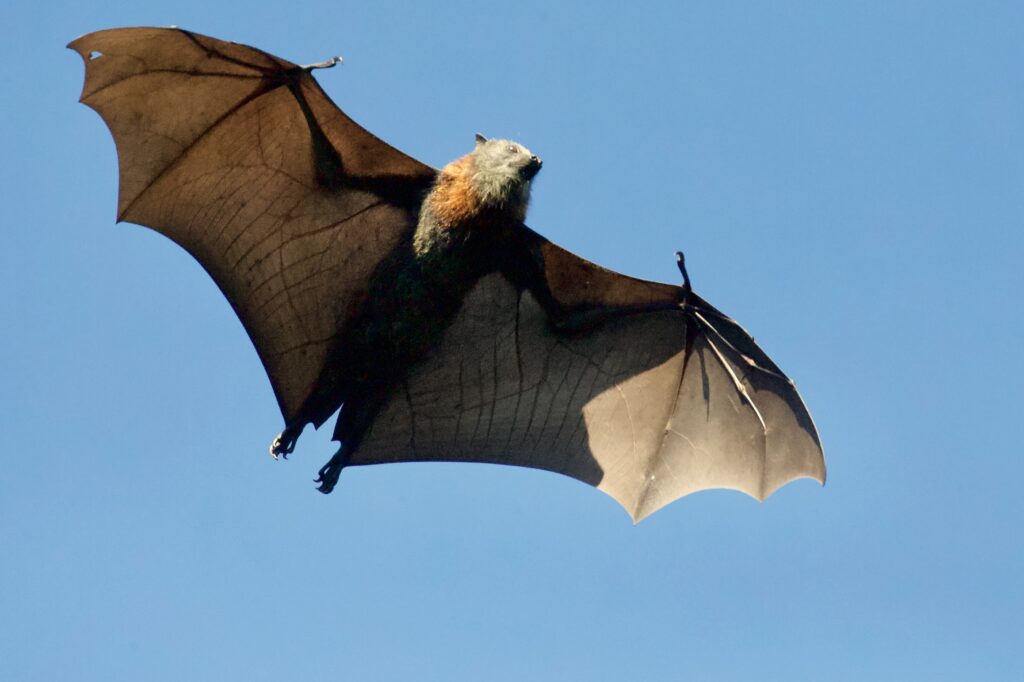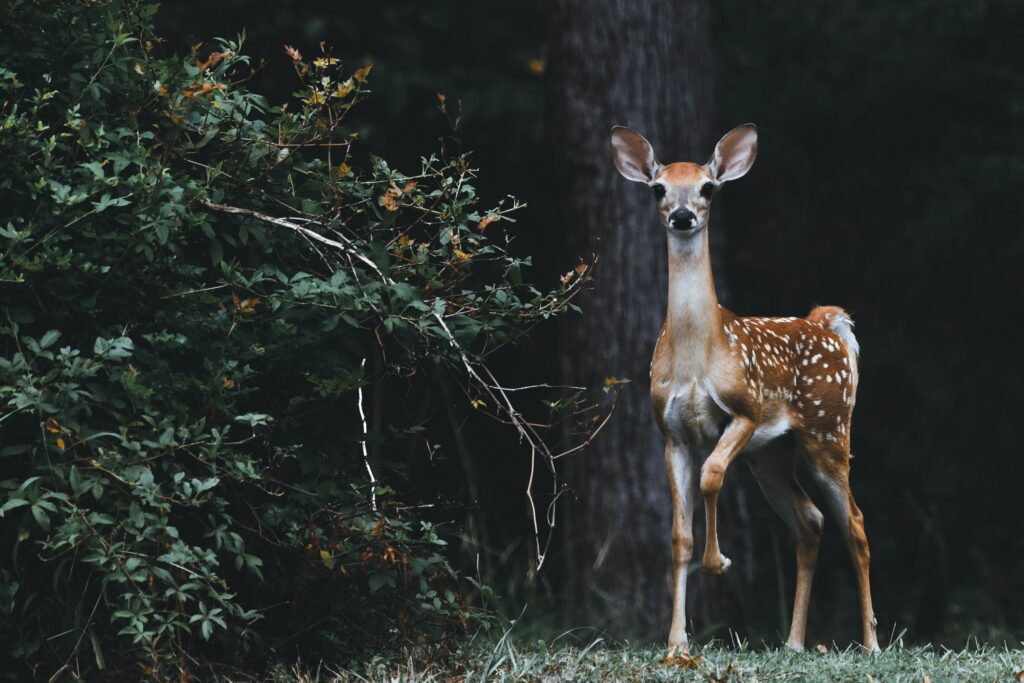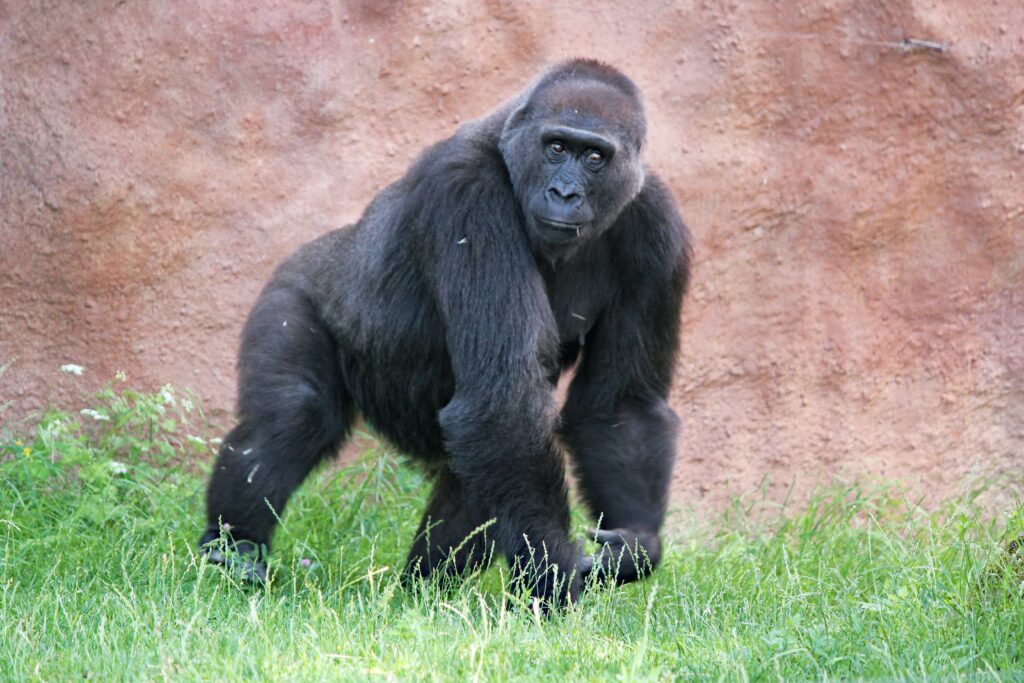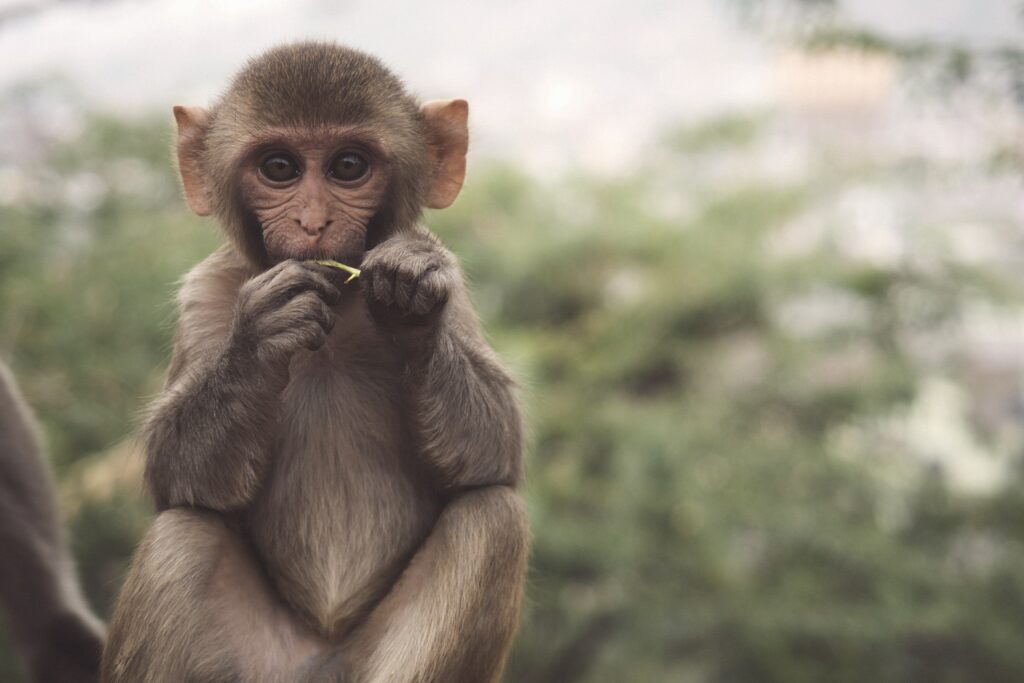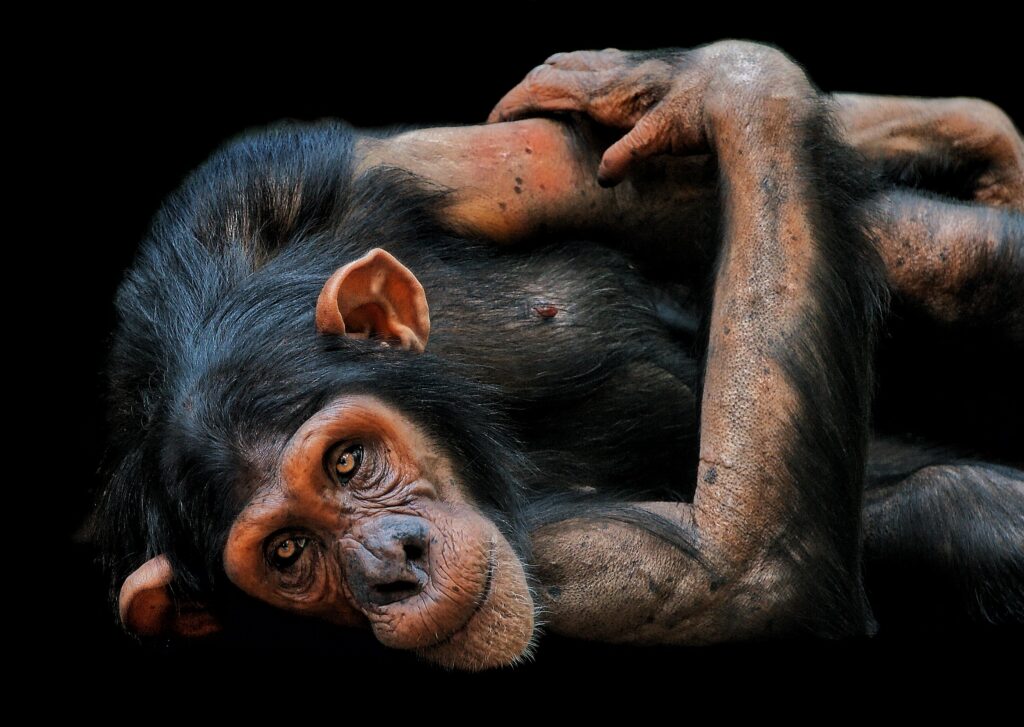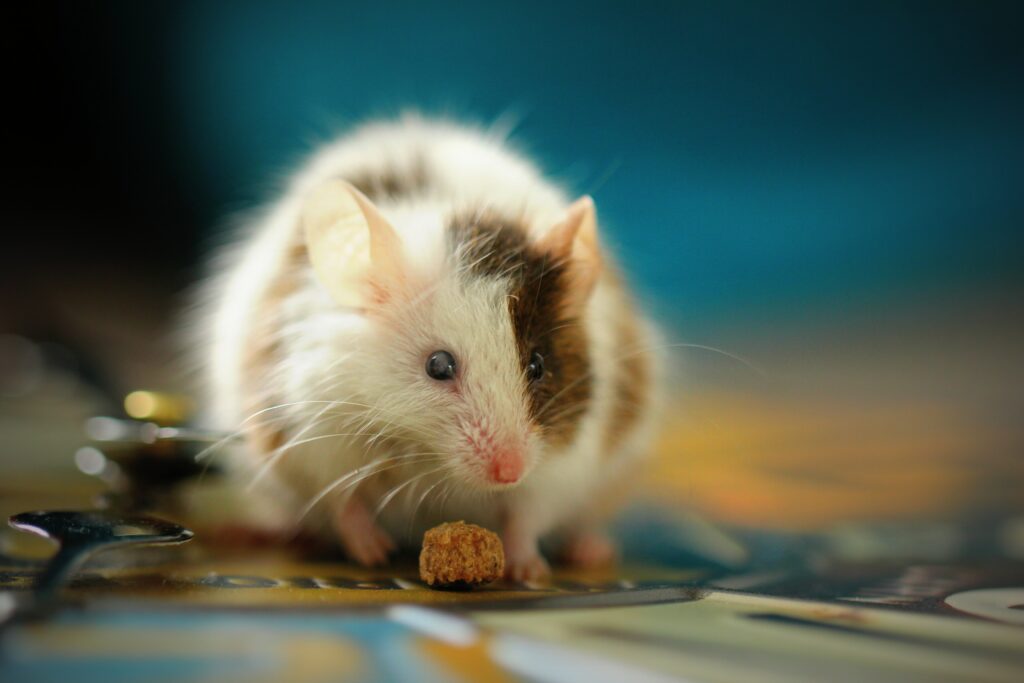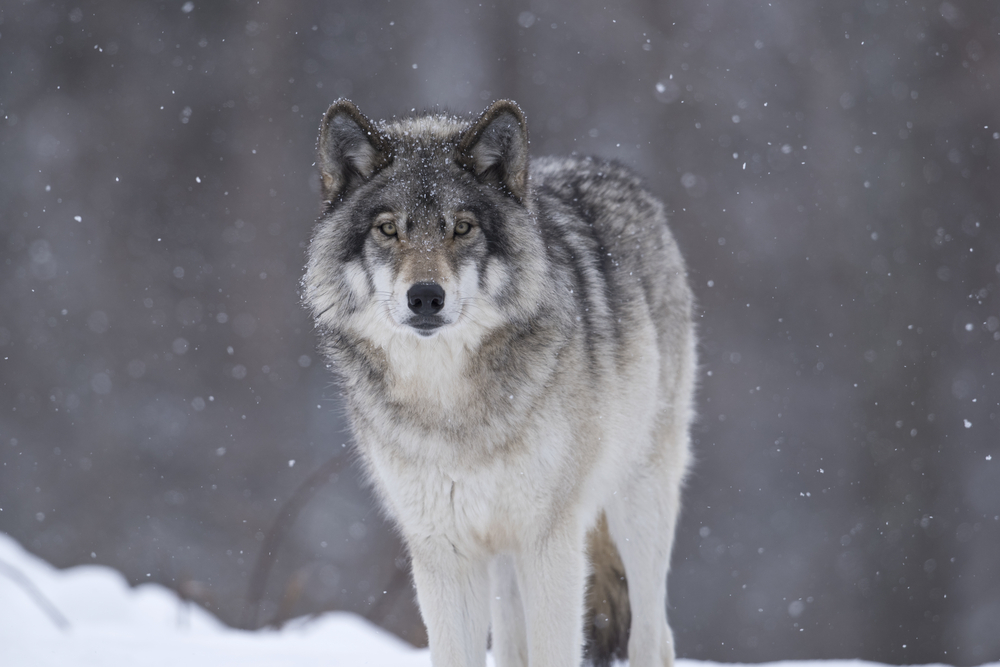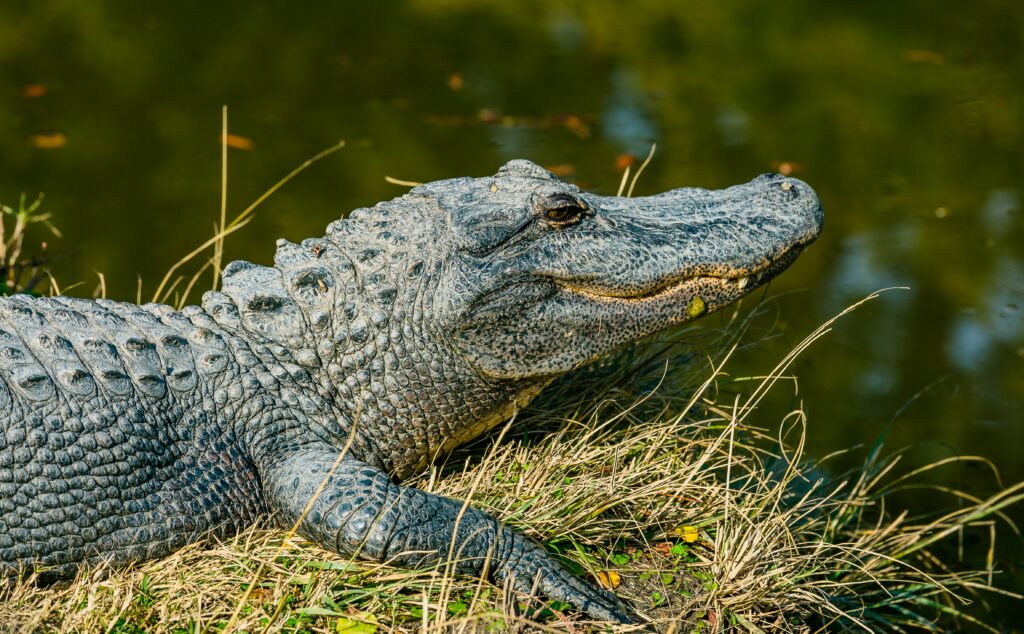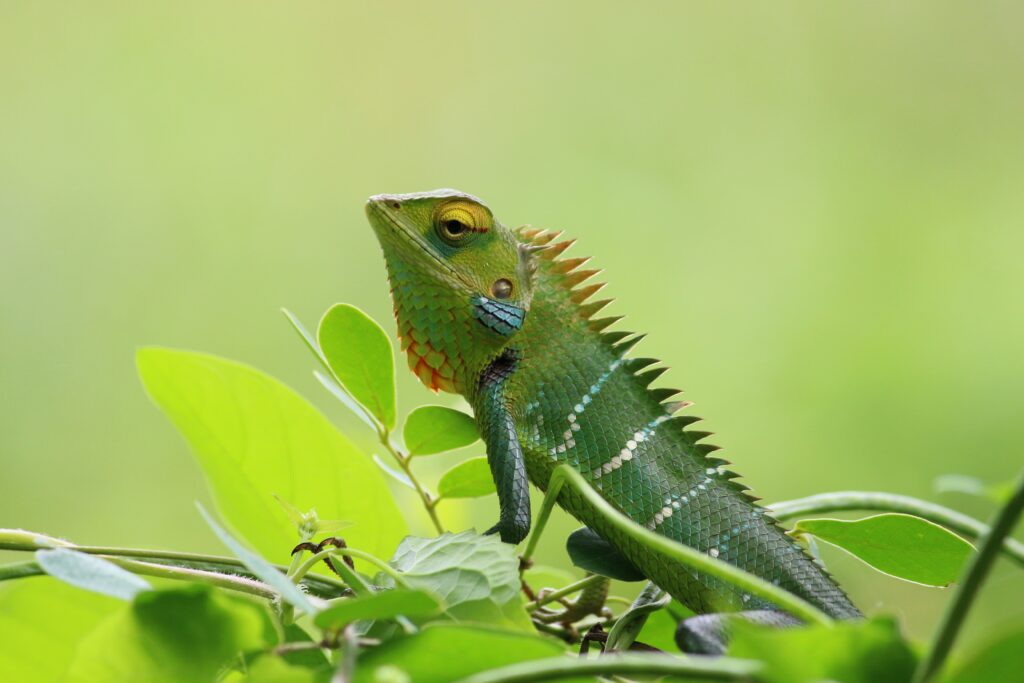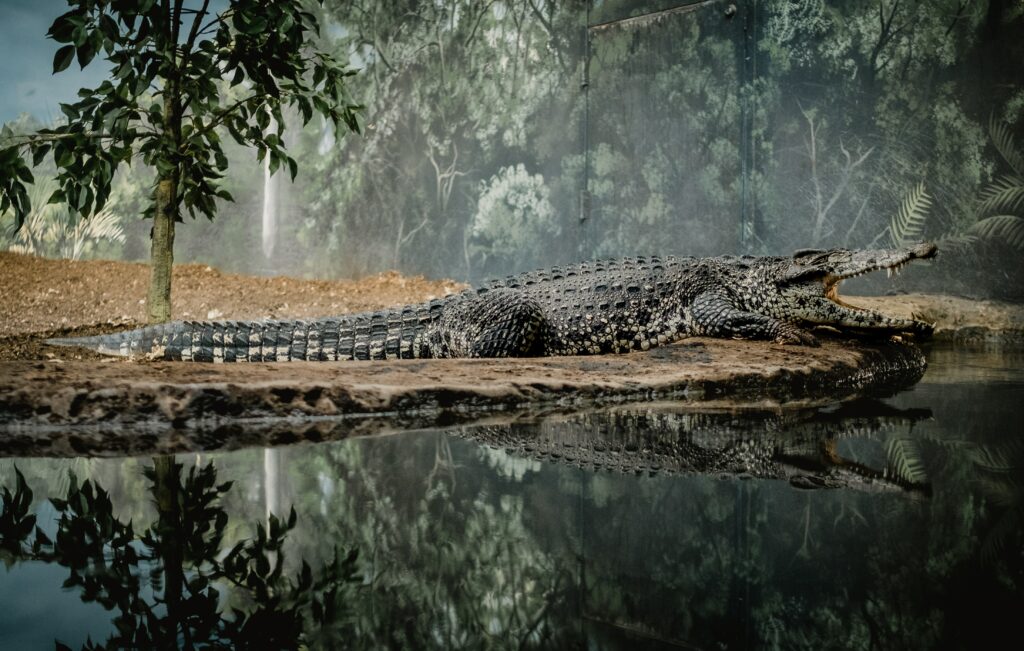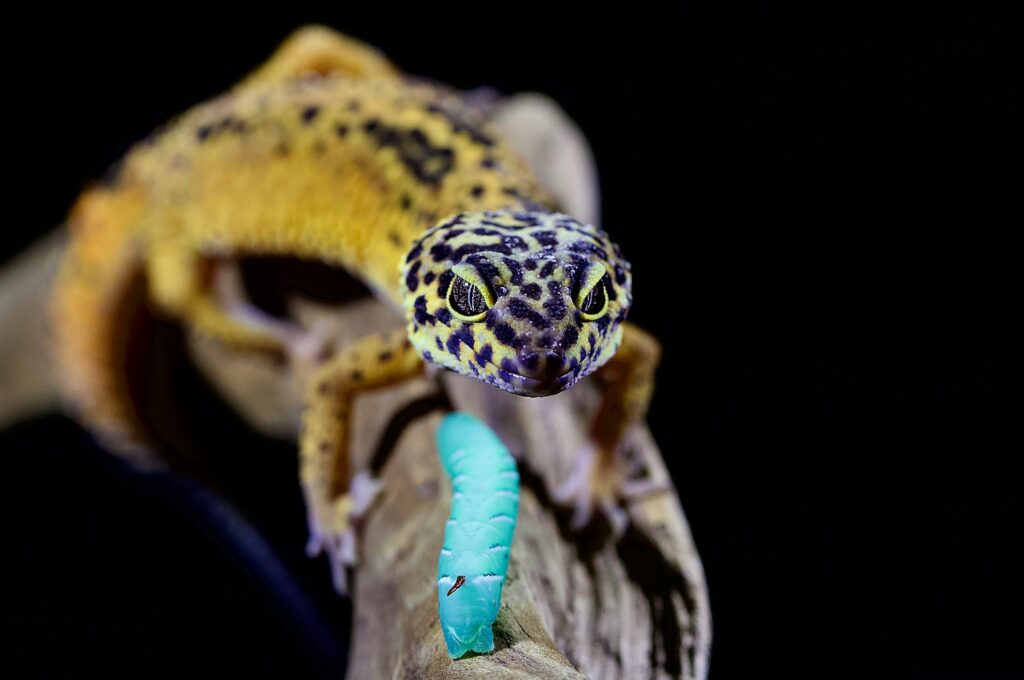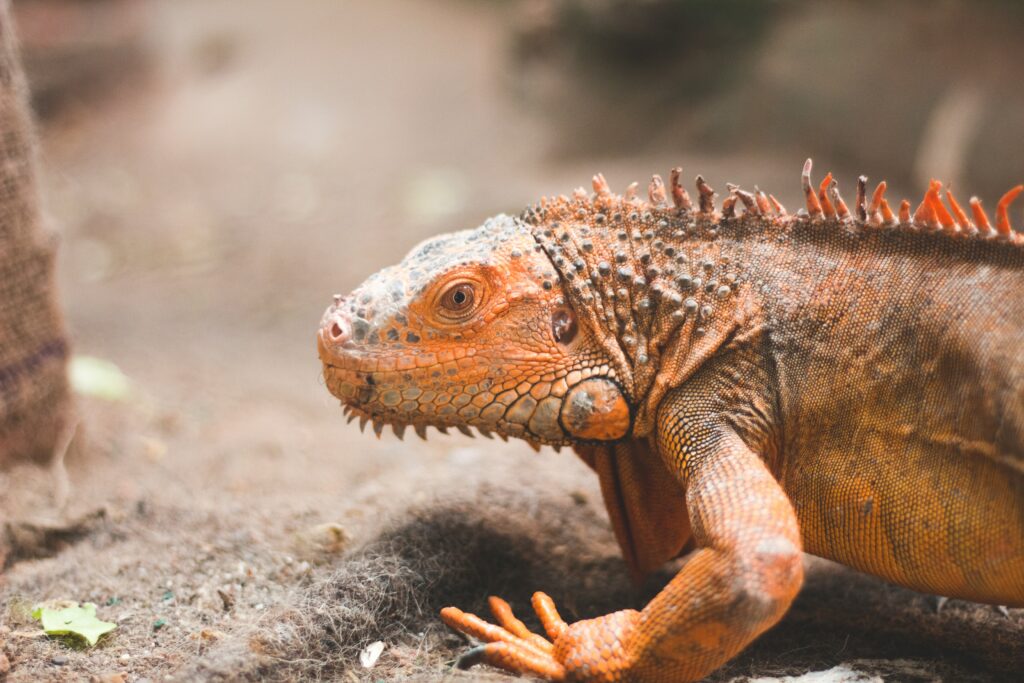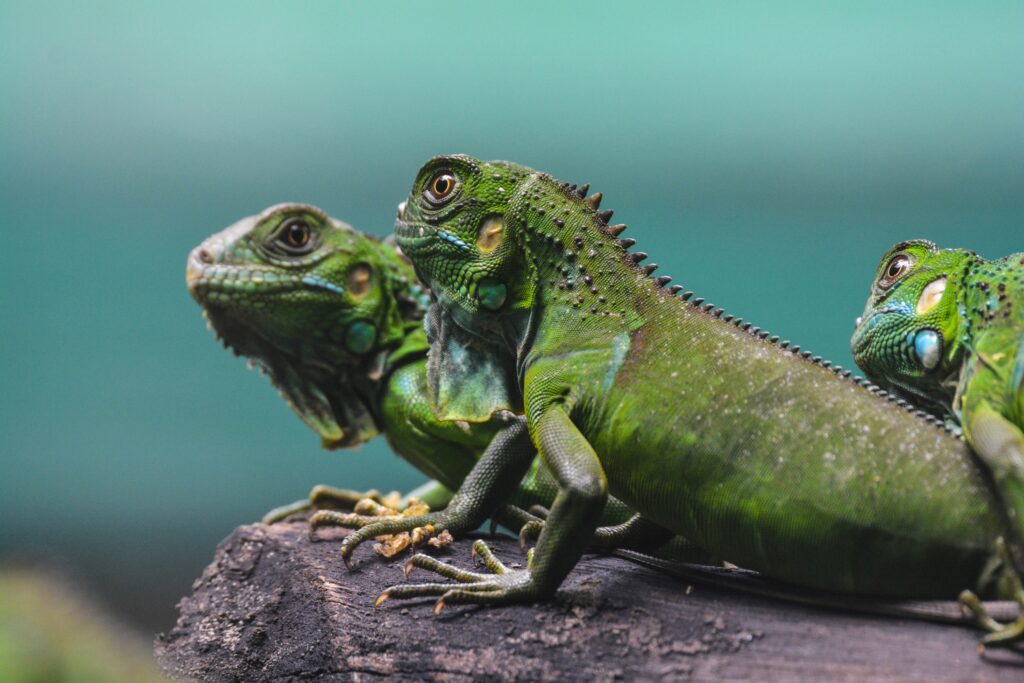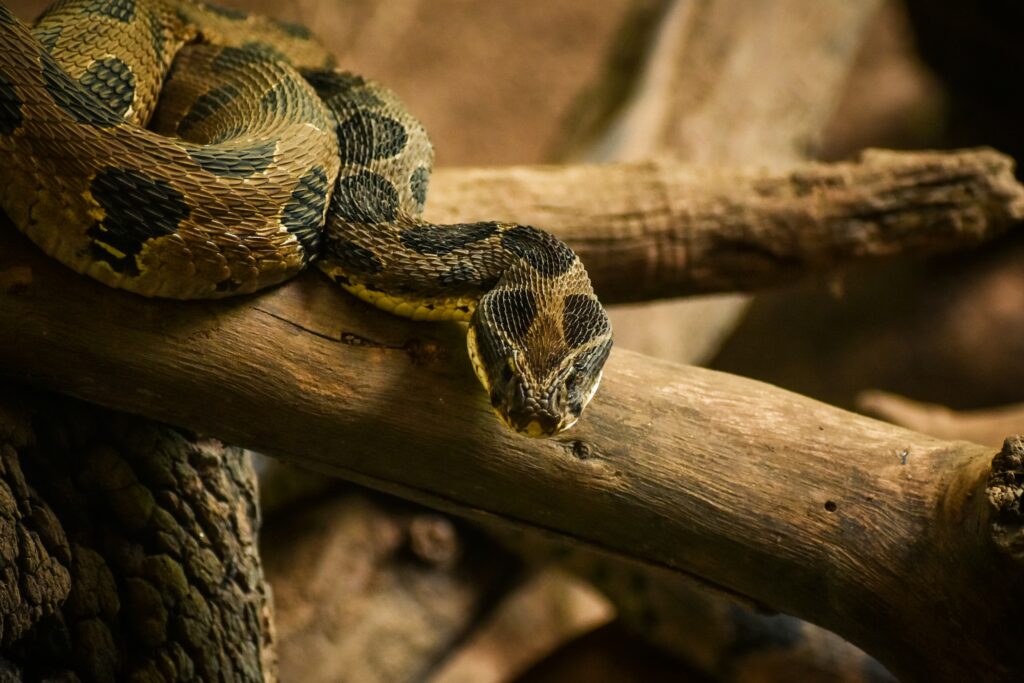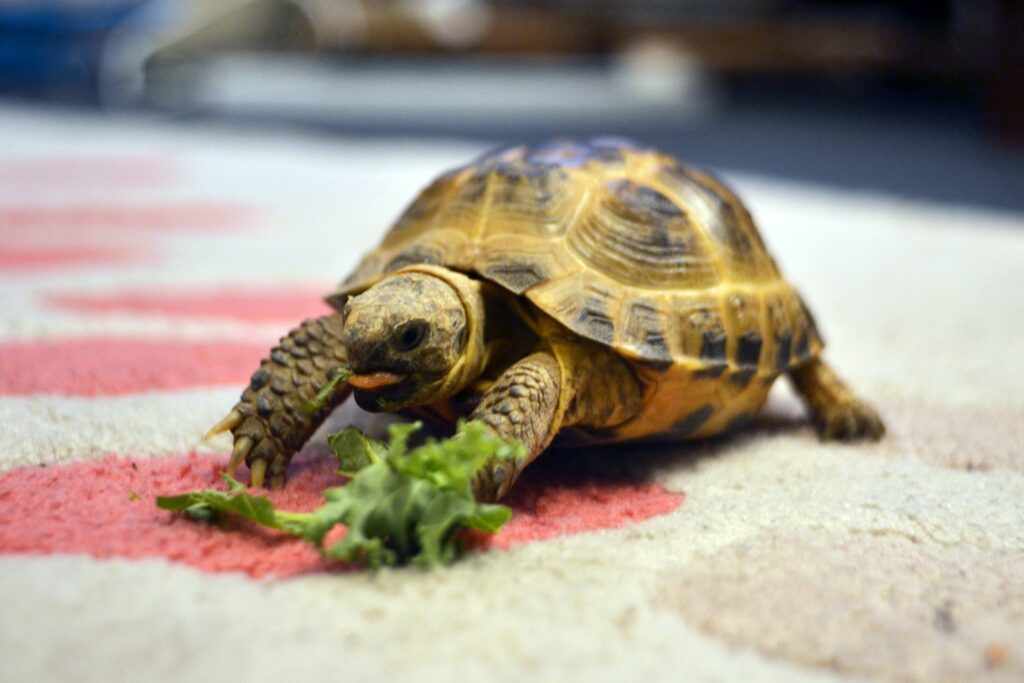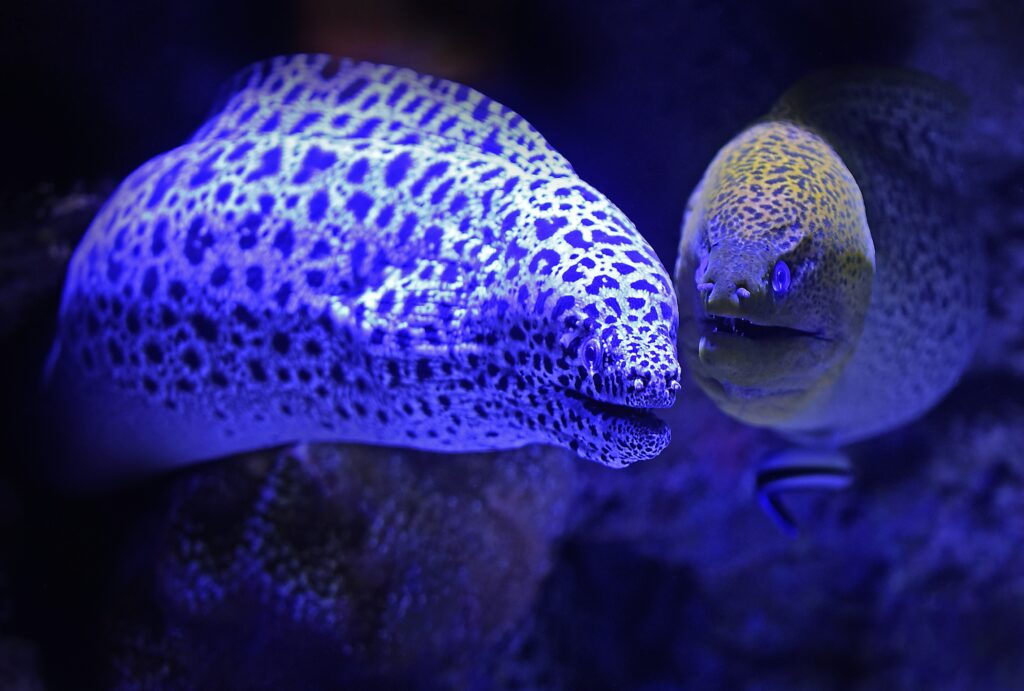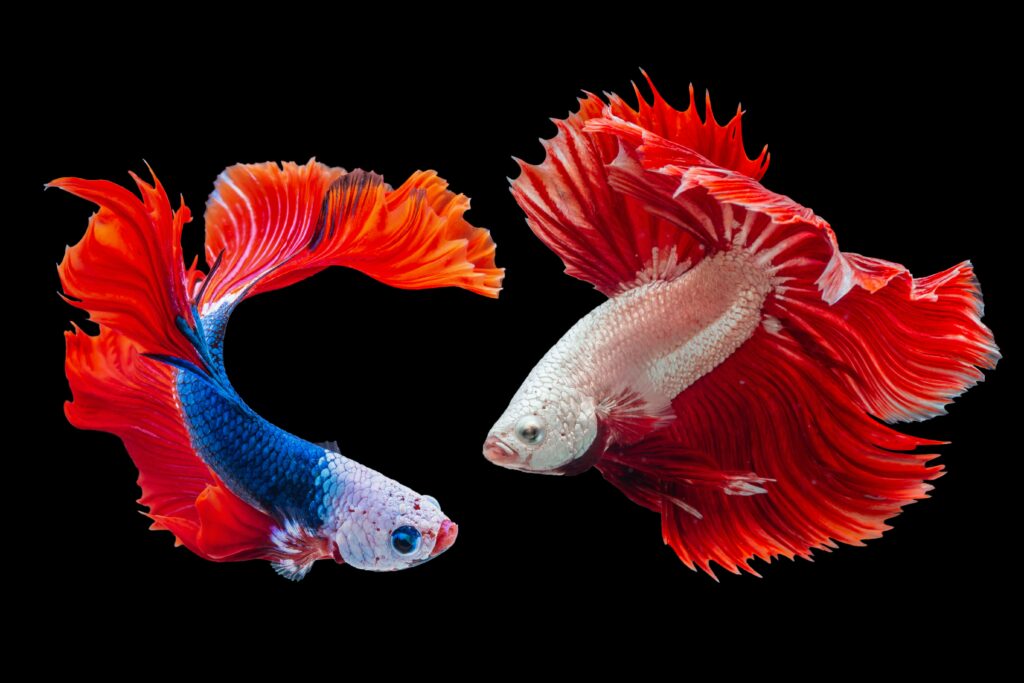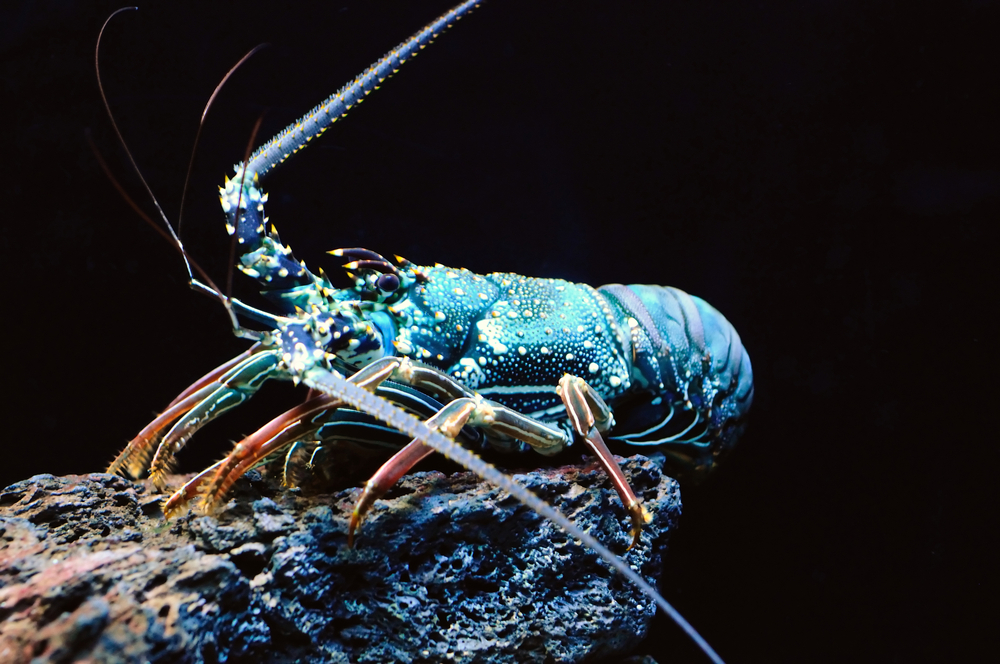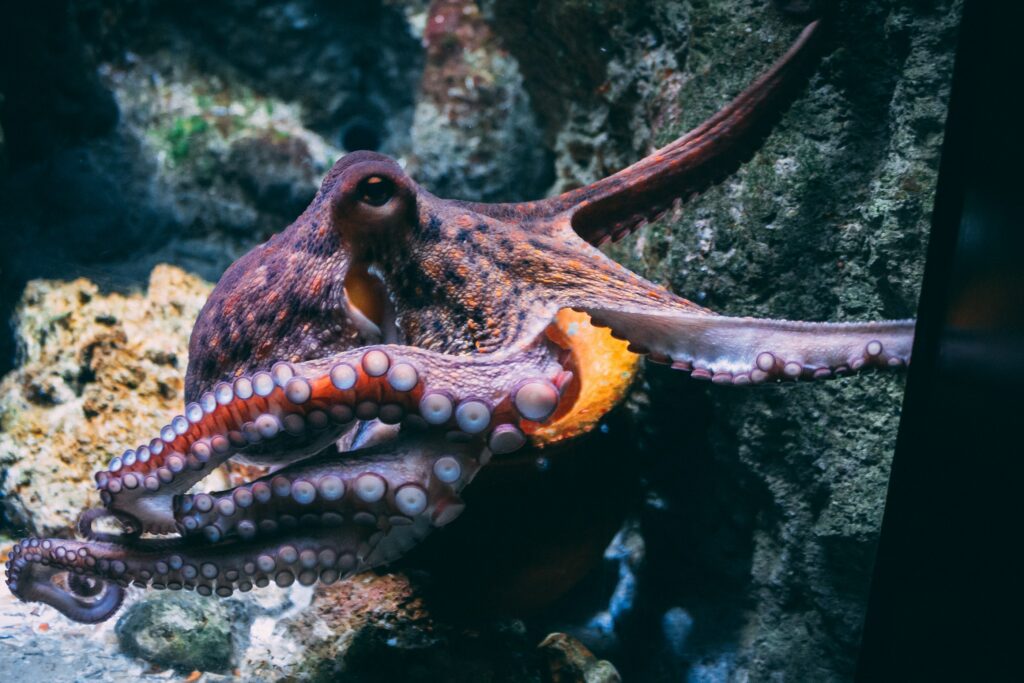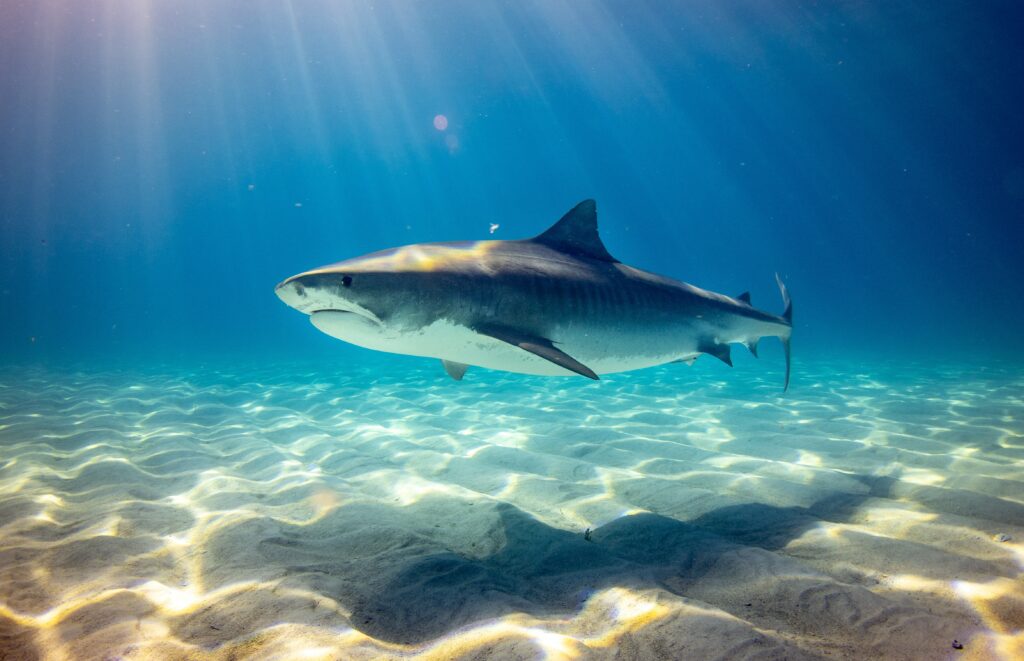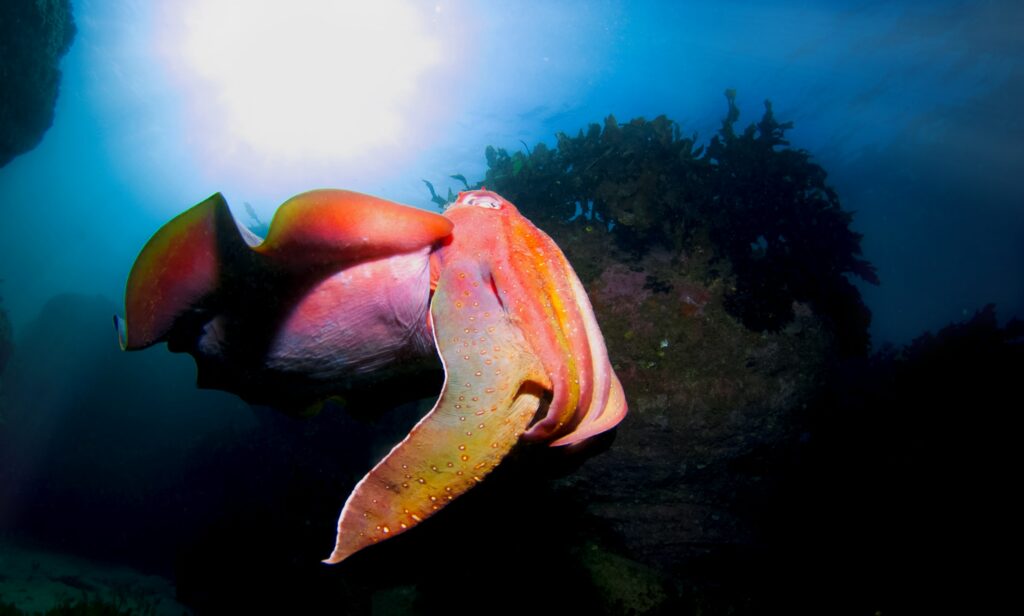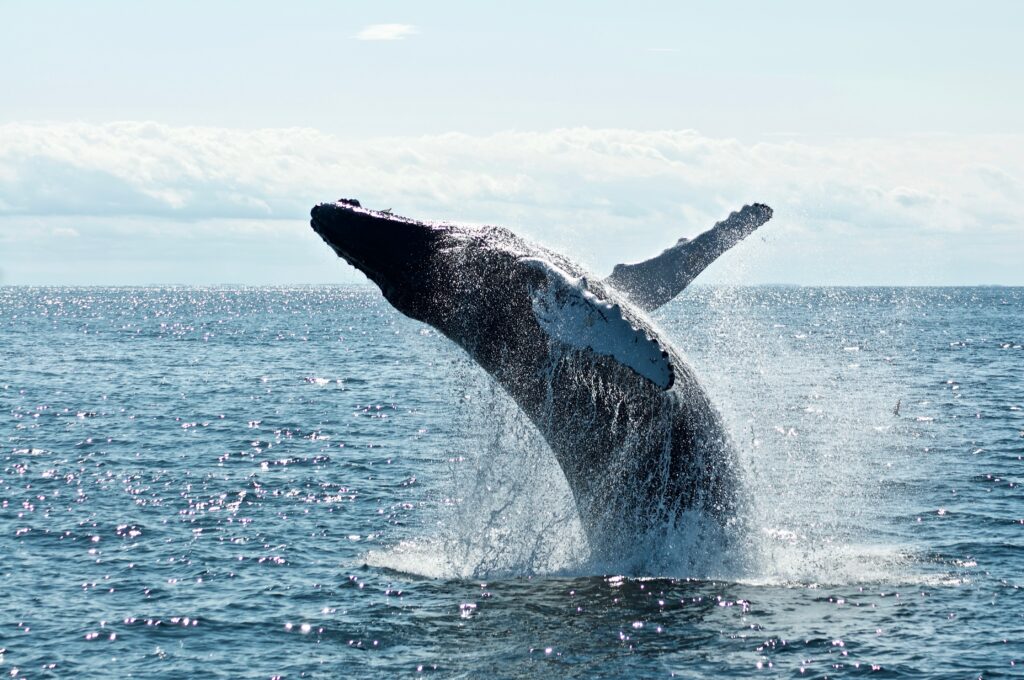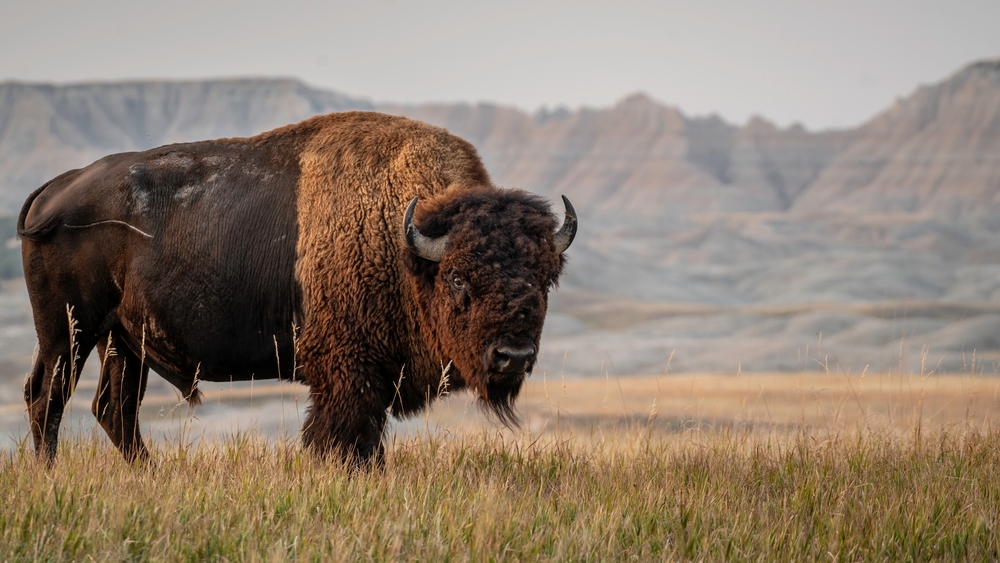The American Bison is a massive, powerfully built ungulate and the largest land mammal in North America. Its formidable size, muscular build, and distinct features have made it one of the most iconic animals of the Great Plains and boreal forests.
Size and Weight
Adult bison display significant sexual dimorphism:
-
Males (bulls) can weigh 1,500 to 2,000 pounds (680–900 kg) and stand 6–6.5 feet (1.8–2.0 meters) at the shoulder.
-
Females (cows) are smaller, weighing 800 to 1,100 pounds (360–500 kg) and standing around 5 feet (1.5 meters) tall.
The length of a mature bison ranges from 7 to 12.5 feet (2.1–3.8 meters) from nose to tail tip.
Hump and Body Shape
One of the most distinctive features is the prominent shoulder hump, formed by elongated vertebrae and massive shoulder muscles. This gives the bison its signature sloped back and immense digging and snow-plowing strength—especially important in winter feeding.
Coat and Coloration
Bison have a thick, woolly coat of coarse hair:
-
The front half is covered in dense, shaggy fur, especially around the shoulders, neck, and head.
-
The hindquarters have shorter, sparser hair.
-
Coat color ranges from dark brown to almost black, though it may lighten slightly in summer.
The coat is shed annually in late spring or early summer, with tufts often peeling off in large clumps.
Head and Horns
Bison have a broad, rounded head with a short, curved pair of black horns found on both sexes. Horns typically grow up to 2 feet (60 cm) in length, arching outward and then upward. These horns are used in defense, mating battles, and establishing dominance.
Their eyes are small and dark, set well apart to provide panoramic vision, and their ears are short and partially hidden in the mane.
Legs and Hooves
Despite their bulk, bison have short, muscular legs with cloven hooves that support rapid acceleration, agile turns, and strong endurance. They can run at speeds up to 35 mph (56 km/h) and jump over 6-foot (1.8-meter) obstacles.
In sum, the American Bison’s powerful body, dense coat, iconic hump, and sturdy horns all contribute to its survival in harsh environments and its dominance on the North American plains.

